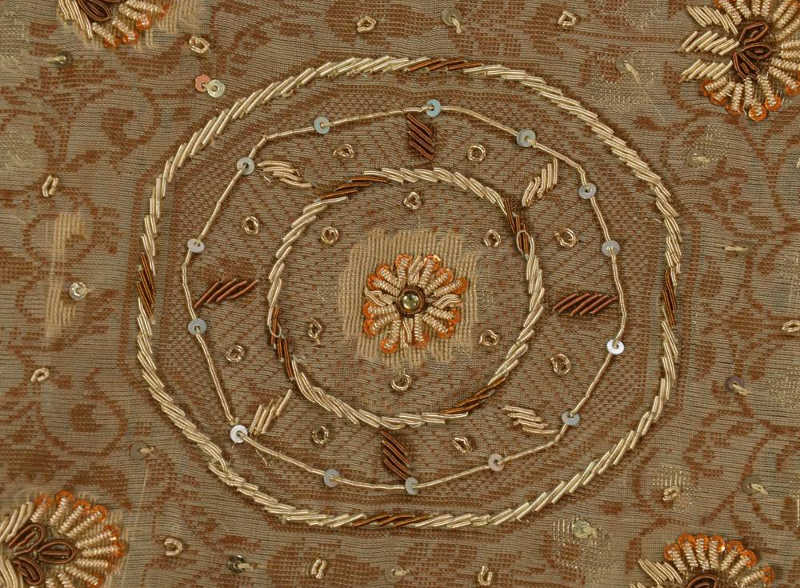===
0383,
7
===

=== |
 |
barg : 'Leaf ... ; provisions or necessaries for a journey or march; —a musical instrument; melody'. (Platts p.148)
FWP:
SETS == EK
MOTIFS
NAMES
TERMS == NARRATIVITY; SIMILEThere's also the physical similarity-- some leaves look very much like hands:
And there's the ik , which invites us to consider whether the seemingly humble leaf-wanderer might be not merely 'single' or 'particular', but perhaps 'unique' or even 'excellent'.In any case, the speaker is almost roughly grabbing the listener's attention, and demanding respect-- or at least recognition-- for the poignant vision of the lover as autumn leaf.